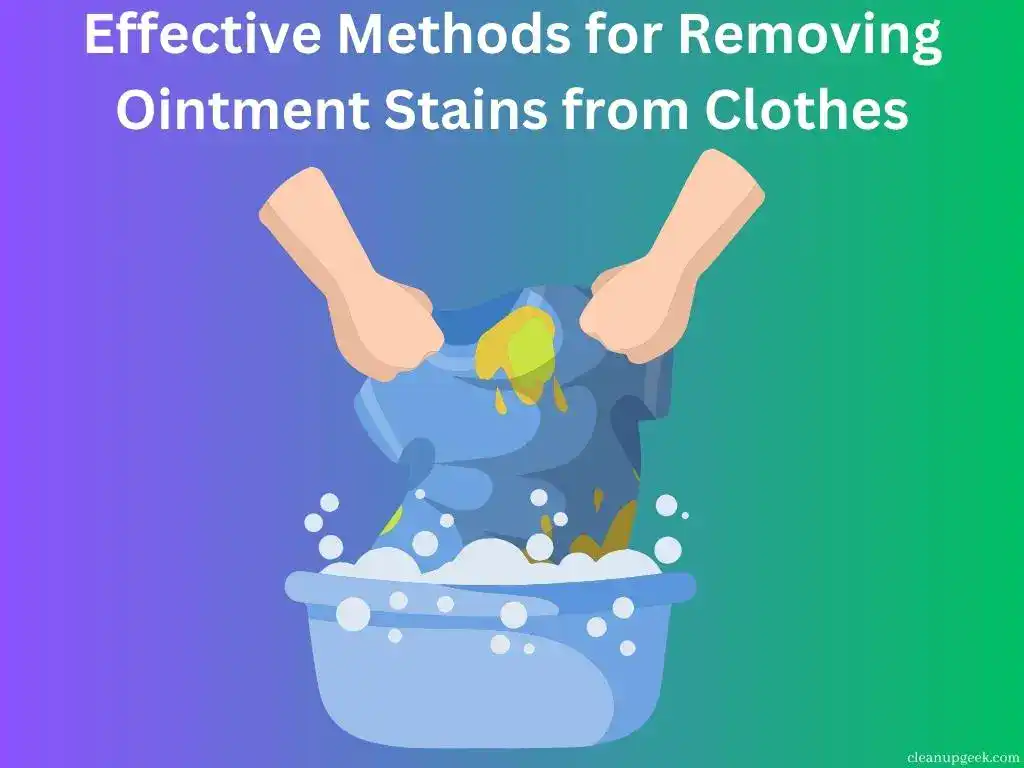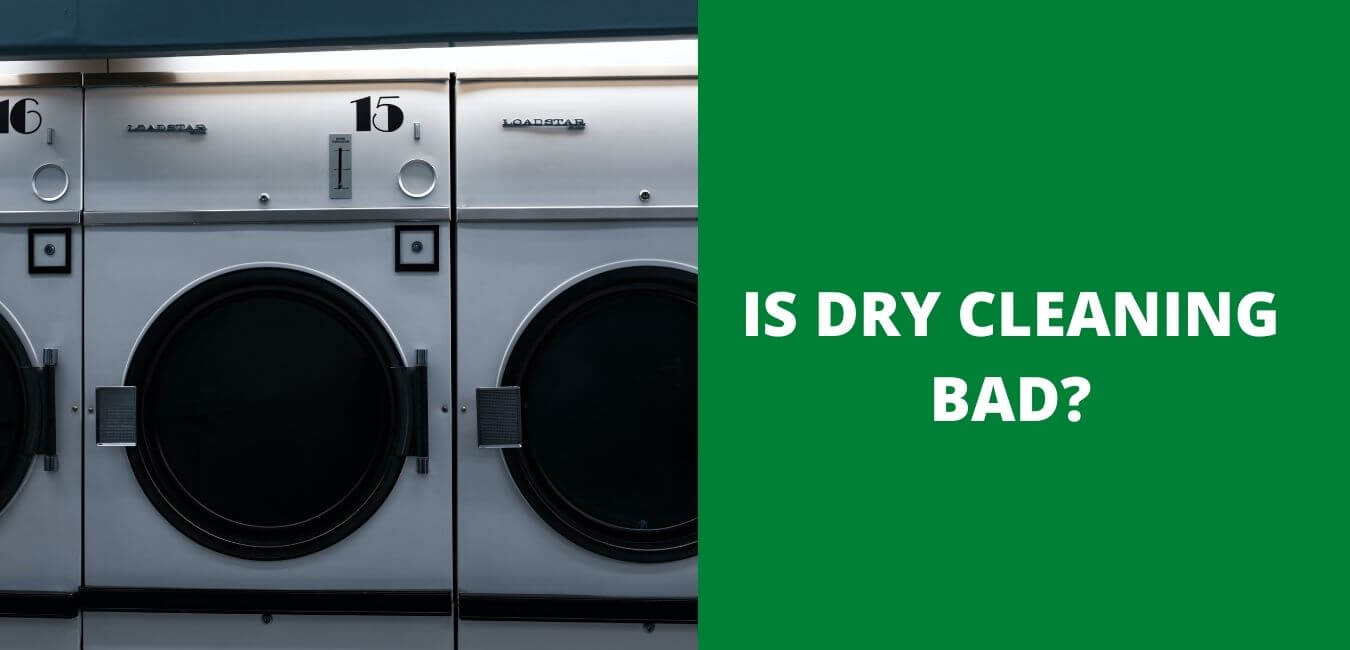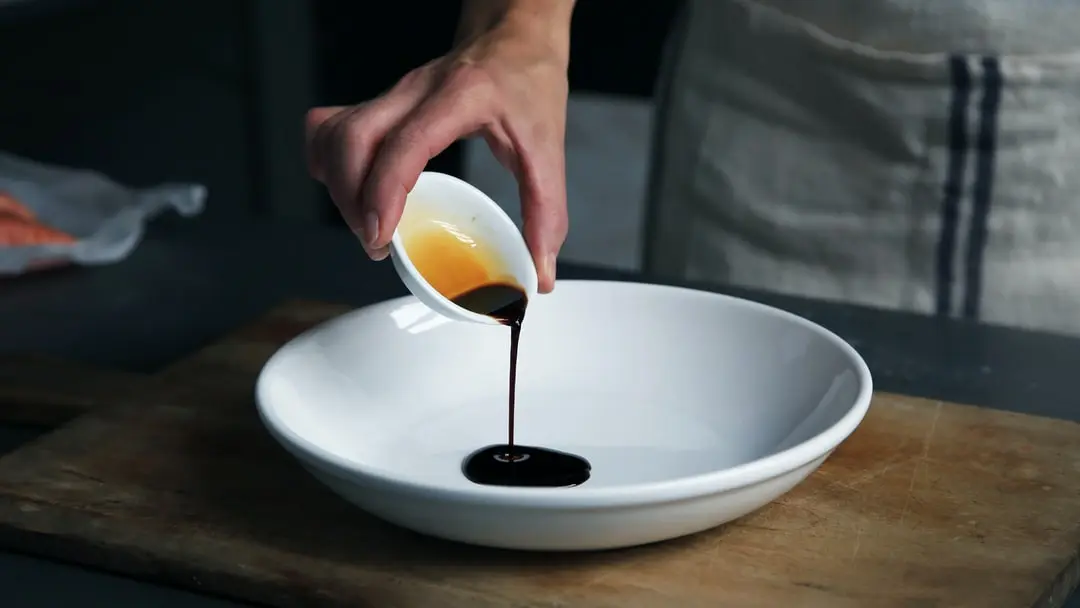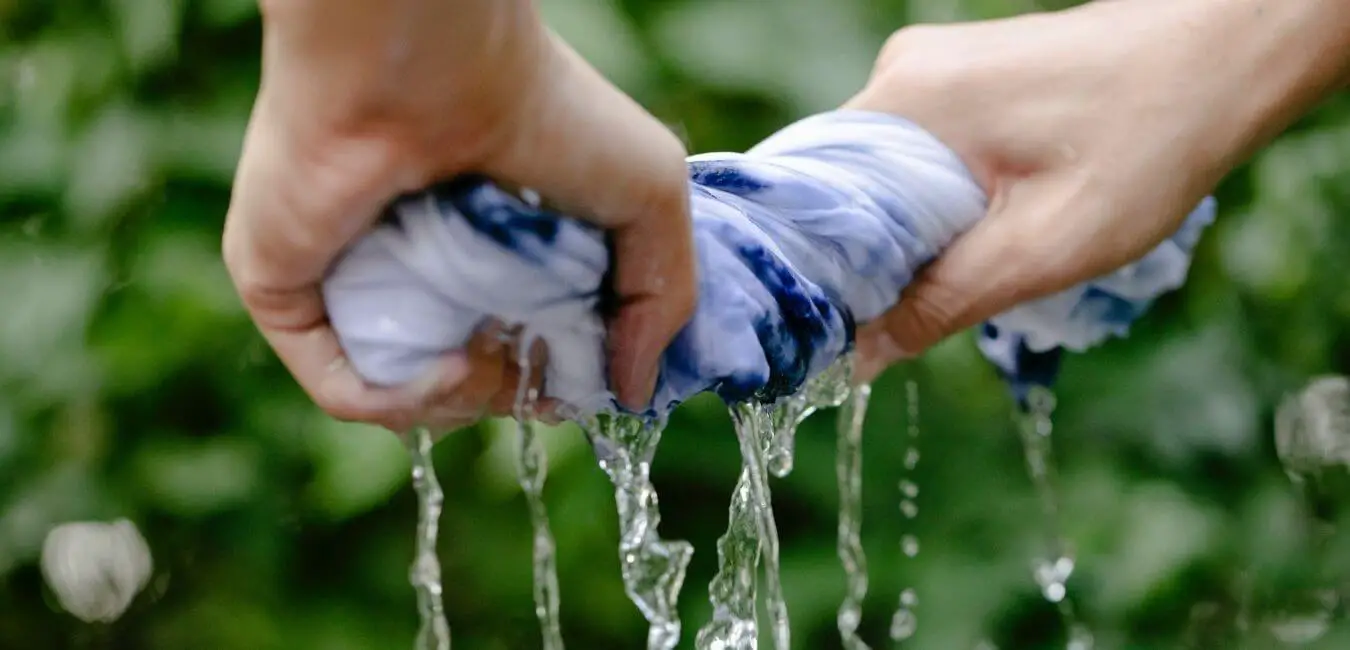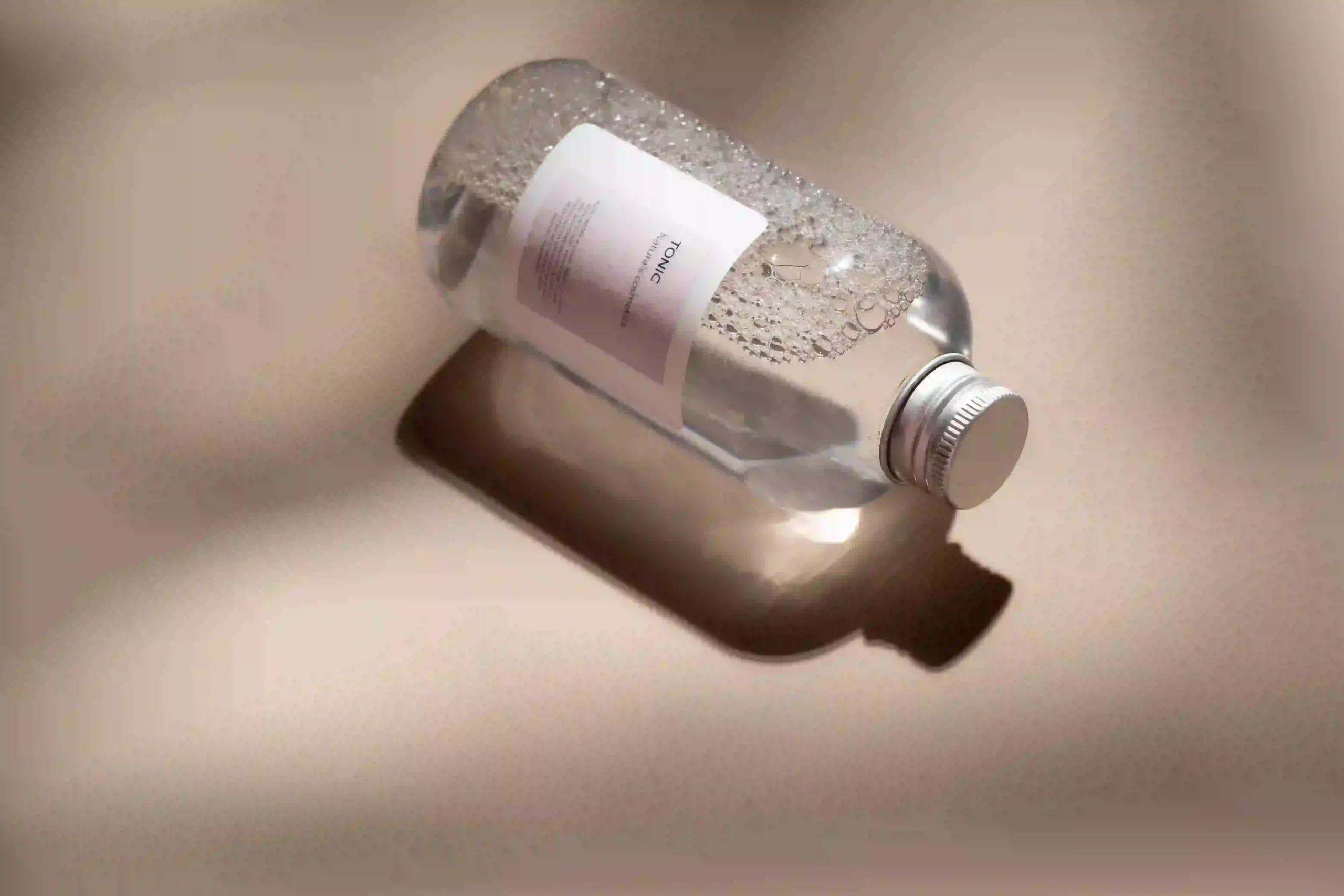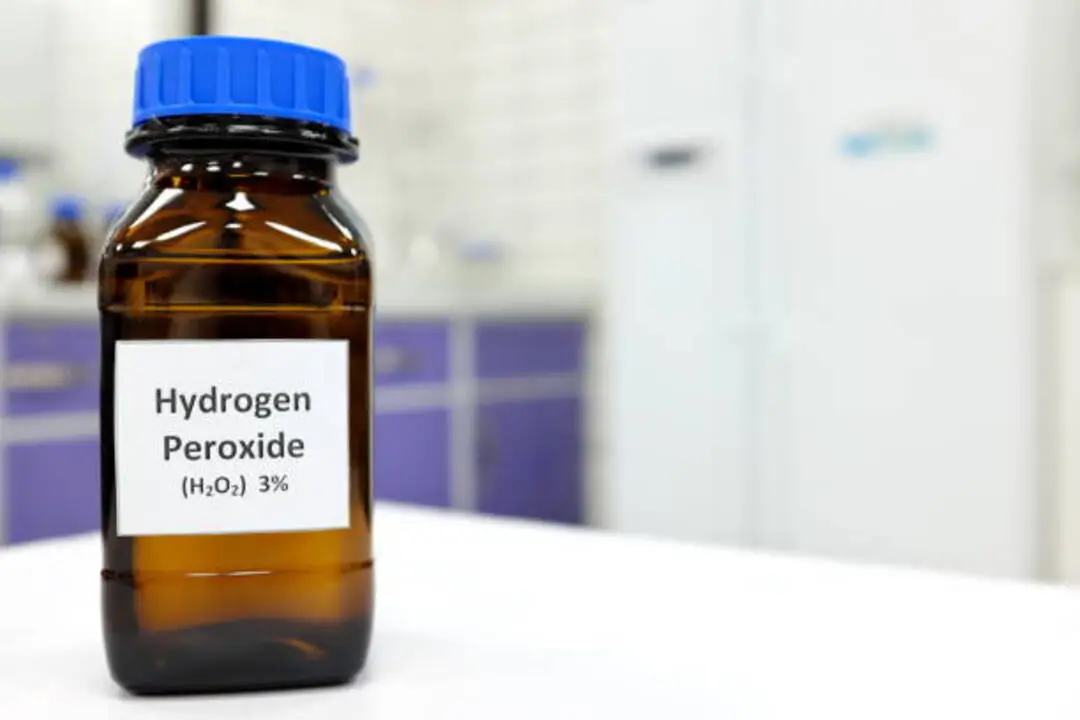Dealing with ointment stains on clothes can be a headache. Did you know that certain factors like the type of fabric or timing of stain treatment significantly affect how easily these marks can be removed?
This article is here to help, providing practical solutions and effective methods for removing stubborn ointment stains from your beloved garments.
Let’s dive in to discover more!
INFO
- Different types of ointments contain ingredients like oils and dyes that can leave stubborn stains on clothes.
- Factors like fabric type and prompt treatment play a role in stain removal success.
- Effective methods for removing ointment stains include removing solid residue, powdering the stain, treating with stain remover or detergent, washing as usual, and using oxygen-based bleach for dye stains.
- To prevent ointment stains, spot-test the fabric before use, apply sparingly, allow full absorption before dressing, and promptly remove any excess ointment.
Factors to Consider for Ointment Stains

Different types of ointments contain various ingredients, such as oils, waxes, and dyes, that can leave stubborn stains on fabric. The type of fabric also plays a role in stain susceptibility, and prompt treatment is crucial for successful stain removal.
1. Types of ointments and their ingredients
Ointments come in many types. Some have a thick, waxy feel. These are often used to treat dry skin or other skin problems. Vaseline is one example of this kind of ointment. Other kinds, like creams and lotions, are not as oily but can still stain clothes if they spill.
The stuff inside these ointments that helps our skin also makes it tough to get out of fabric.
2. Fabric types and their susceptibility to stains
Different fabric types have varying levels of susceptibility to stains. Some fabrics, like silk and satin, are more delicate and may absorb stains quickly. On the other hand, polyester and nylon fabrics are less prone to staining due to their synthetic nature.
It’s important to consider the fabric type when removing ointment stains to ensure that you choose the appropriate method that won’t damage the fabric further.
3. Timing of stain treatment
Treating ointment stains on clothes should be done as soon as possible. The sooner you address the stain, the better chances you have of removing it completely. If left untreated for too long, the stain may set in and become more difficult to remove.
So, it’s important to act quickly when treating ointment stains on your clothing. Remember that Tide products are effective in removing tough stains like these, so don’t hesitate to use them in your stain-removal process.
Effective Methods for Removing Ointment Stains

To effectively remove ointment stains, start by removing any solid residue, then powder the stain before treating it with a stain remover or heavy-duty detergent. Afterward, wash the clothing as usual and use oxygen-based bleach to remove any remaining dye stains.
1. Removing solid residue
To remove solid residue from ointment stains on clothes, follow these steps:
- Gently scrape off any excess ointment using a spoon or dull knife.
- Be careful not to spread the stain further while scraping.
- Avoid rubbing or pressing the residue deeper into the fabric.
- Use a clean, white cloth or paper towel to blot the stain gently.
- Blotting helps absorb some of the oily or waxy residue.
- Continue blotting until no more residue transfers onto the cloth.
- If needed, you can also use an absorbent material like talcum powder, cornstarch, or baking soda to help lift off the residue.
- Sprinkle a small amount of the chosen powder on the stained area and let it sit for a few minutes to absorb the oil or wax.
- Afterward, gently brush off or wipe away the powder with a clean cloth.
2. Powdering the stain
To remove ointment stains from clothes, you can try powdering the stain. Here’s how:
- Sprinkle a generous amount of baby powder or talcum powder onto the stain.
- Gently pat the powder into the fabric using your fingers or a clean cloth.
- Let the powder sit on the stain for at least 15 minutes to absorb the oils and waxes.
- Afterward, brush off the powder using a soft-bristle brush or gently shake it off.
- Check if the stain has lightened or disappeared completely.
- If there is still some residue left, move on to other stain removal methods.
3. Treating with stain remover or heavy-duty detergent
To remove ointment stains from clothes, you can try treating them with stain remover or a heavy-duty detergent. Here are some steps to follow:
- Apply a small amount of stain remover directly onto the stained area.
- Gently rub the stain remover into the fabric using a clean cloth or sponge.
- Let the stain remover sit on the stain for a few minutes to penetrate and break down the ointment residue.
- Rinse the stained area with cold water to flush out the loosened ointment and any remaining stain remover.
- If the stain persists, repeat steps 1-4 or switch to a heavy-duty detergent specifically designed for stain removal.
- Follow the instructions on the detergent’s label and apply it directly to the stained area.
- Rub the detergent into the fabric and let it sit for several minutes.
- Rinse the stained area again with cold water.
4. Washing as usual
To remove ointment stains from clothes, washing them as usual is an important step. After you have treated the stain using the methods mentioned earlier, you can simply wash your clothes in the washing machine according to their care instructions.
Use a regular laundry detergent that is suitable for the fabric type. Make sure to follow the recommended water temperature and cycle settings. By washing your clothes as usual, you will help further eliminate any remaining residue and oil from the ointment stain, leaving your garments clean and fresh.
Remember to check if the stain has been completely removed before drying your clothes to avoid setting any residual stains in place.
5. Removing dyes with oxygen-based bleach
To remove dyes from ointment stains on clothes, you can use oxygen-based bleach. Here are the steps to follow:
- Read the care label on your clothing to ensure it is safe for bleaching.
- Test a small, hidden area of the fabric with the oxygen-based bleach to check for colorfastness.
- Mix the oxygen-based bleach with water according to the instructions on the product.
- Apply the mixture directly to the stained area.
- Use a clean cloth or sponge to gently blot and lift the dye stain from the fabric.
- Rinse the treated area thoroughly with cold water.
- Repeat these steps if necessary until the dye stain is removed.
- The American Cleaning Institute (ACI)
- Expert tips for removing stains from clothes
Preventive Measures for Ointment Stains

To prevent ointment stains, it is important to spot-test the fabric before using any ointments, apply them sparingly, allow them to fully absorb before dressing, and promptly remove any excess ointment.
1. Spot testing on fabric before use
Before using ointments, it is important to spot-test them on fabric. This helps prevent stains and damage to clothes. Here are some steps for spot testing:
- Choose an inconspicuous area of the fabric, such as the inside seam or hem.
- Apply a small amount of the ointment to the fabric and let it sit for a few minutes.
- Gently blot the area with a clean white cloth or paper towel.
- Check for any discoloration, staining, or adverse reactions.
- If there are no negative effects, it is safe to use the ointment on the fabric.
2. Applying ointments sparingly
To prevent ointment stains on your clothes, it’s important to apply the ointments sparingly. This means using a small amount and only applying it where it’s needed. By doing so, you reduce the chances of excess ointment transferring onto your clothes and causing stains.
So remember, less is more when it comes to applying ointments to avoid those unwanted marks on your favorite garments.
3. Allowing ointments to fully absorb before dressing
Allowing ointments to fully absorb before dressing is an important step in preventing stains on clothes. Here are some things to keep in mind:
- Wait for the ointment to completely soak into your skin before putting on any clothing.
- Give it enough time to be absorbed, usually around 10–15 minutes, depending on the type of ointment.
- Check if there are any excess residues left on the surface of your skin. If there are, gently wipe them off with a tissue or cloth.
- Avoid rubbing or smearing the ointment onto your clothing, as this can transfer the stain and make it harder to remove later.
4. Promptly remove any excess ointment
To prevent ointment stains on clothes, it is important to promptly remove any excess ointment. Here are some tips on how to do it:
- Use a clean tissue or cloth to gently blot the affected area.
- Avoid rubbing the stain, as this can push the ointment deeper into the fabric.
- If the ointment is solid or semi-solid, carefully scrape off as much as possible with a spoon or dull knife.
- Be gentle when removing excess ointment to avoid spreading it further.
Frequently Asked Questions

1. What causes ointment stains on clothes?
Ointment stains on clothing happen when people with skin conditions use creams or Vaseline, which can end up on fabrics, creating oily and waxy spots.
2. What are some effective methods for removing ointment stains from clothes?
Spot treatment, localized stain removal, and the use of specific stain removal techniques can help get rid of these marks on washable fabrics.
3. Can I prevent ointment stains on my clothes?
Yes! By being careful while applying creams and taking steps to protect your clothing, you can limit such fabric stains.
4. Are there any factors to think about when removing stains from my clothes?
Yes! The type of fabric, the age of the stain, and what caused it are key things to note before starting spot treatment or other methods.
5. Is there a guide that can help me remove cream or Vaseline strains from garments effectively?
There are many solutions online that serve as guides for how best to treat various types of clothing stained by topical ointments.
Conclusion and final thoughts
In conclusion, this comprehensive guide provides effective methods for removing ointment stains from clothes. By considering factors such as the type of ointment and fabric, the timing of stain treatment, and the suggested removal techniques, you can successfully get rid of these stubborn stains.
Additionally, implementing preventive measures like spot testing and applying ointments sparingly can help avoid future staining. With these tips in mind, you’ll be able to keep your clothes free from ointment stains and looking fresh.
